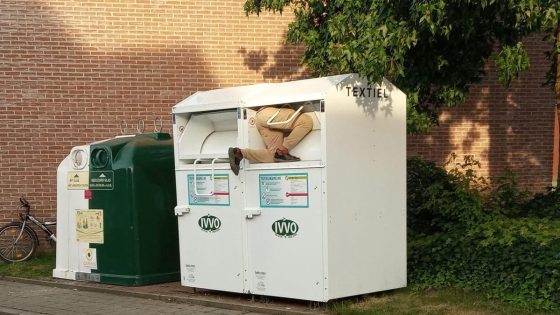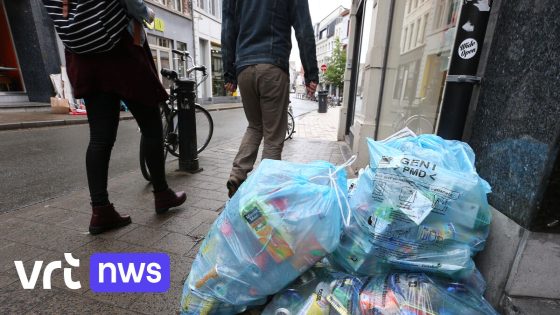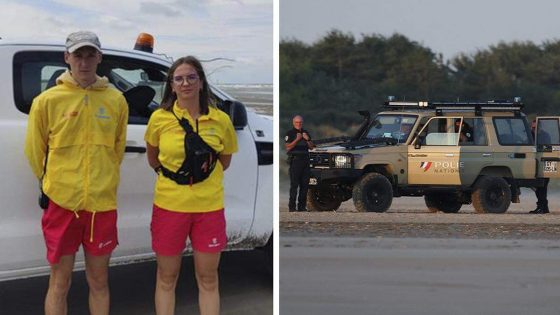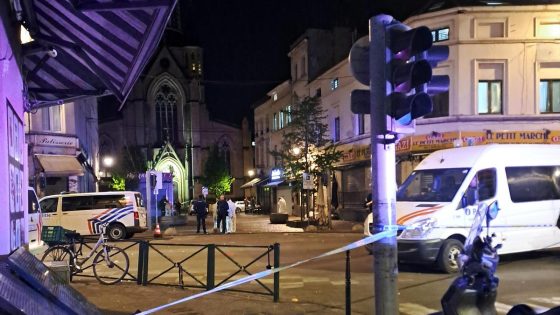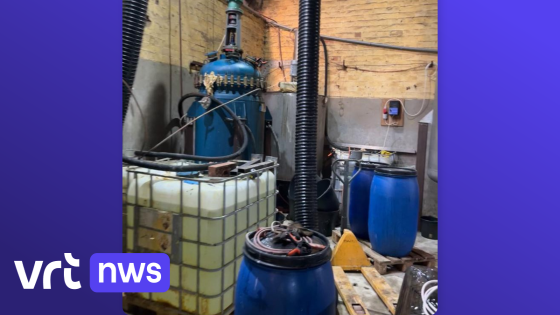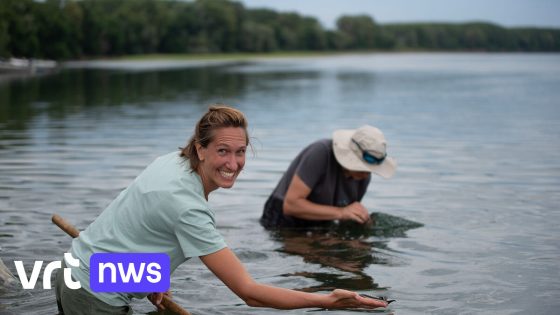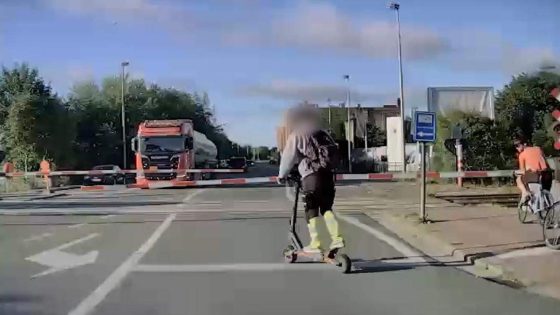Textile container safety has become a concern in Poperinge after a resident spotted unusual activity at a local container on 2025-08-09 15:13:00. The container, managed by waste intermunicipal IVVO, is located at Korte Bruggestraat near the Ieperstraat intersection in the station district. Several people were seen trying to retrieve clothes directly from the container, raising questions about the risks involved.
- Textielcontainer in Poperinge misbruikt voor kledingroof
- Bewoner waarschuwt over gevaarlijke situatie
- IVVO sorteert kleding voor kringwinkels en hulp
- De Wervel biedt gratis kleding en voeding
- Taalbarrière belemmert hulpcommunicatie met betrokkenen
One witness, who preferred to stay anonymous, described seeing a person climbing out of the container, initially noticing only their feet. The resident warned them about the danger, recalling that fatalities have occurred in similar situations. But why risk personal safety when support is nearby? And how can the community better inform those in need about safer options?
Nearby, secondhand clothing is available at De Wervel, a local charity offering free food and clothes just a few hundred meters away. This highlights an important alternative to scavenging from textile containers that serve as a collection point for reusable clothing destined for local thrift shops and aid projects abroad.
Why do some individuals still risk entering textile containers despite known dangers? This incident underscores the need for better communication and accessible support for vulnerable populations. Key points include:
- Textile containers collect clothes for sorting and redistribution, not direct access.
- Entering containers is hazardous and has led to fatalities in the past.
- Local organisations like De Wervel provide safe, free access to clothing and food.
- Language barriers may prevent some from understanding available support.
Moving forward, raising awareness about safe clothing access and improving communication with non-Dutch speakers can prevent risky actions. Communities should promote local charities and support services to protect vulnerable individuals and foster safer neighbourhoods.



